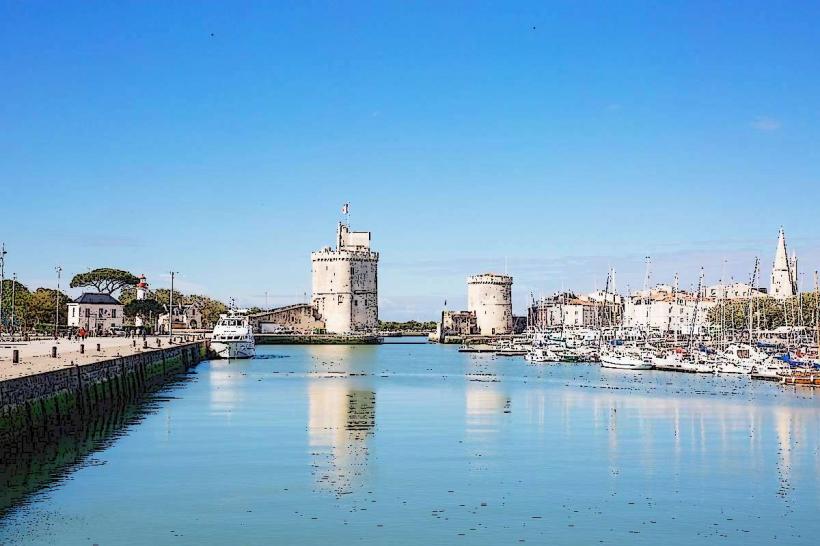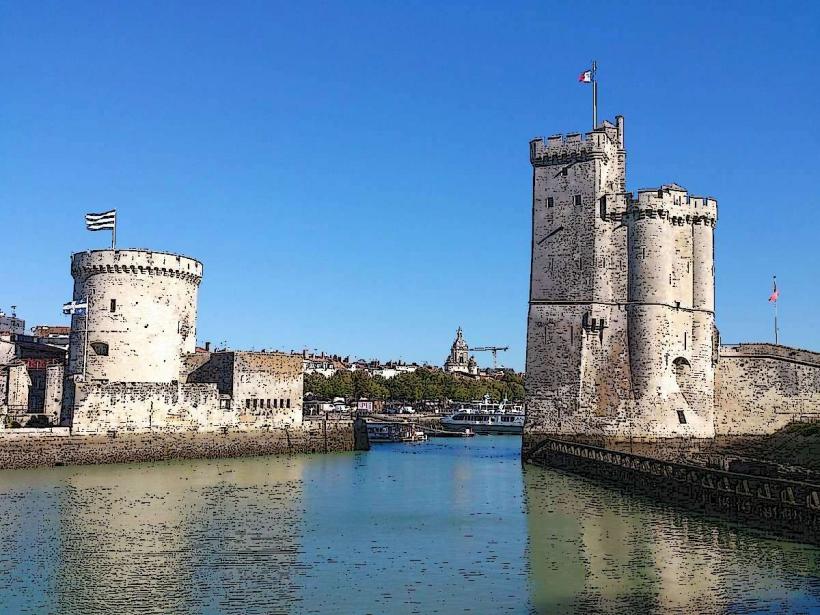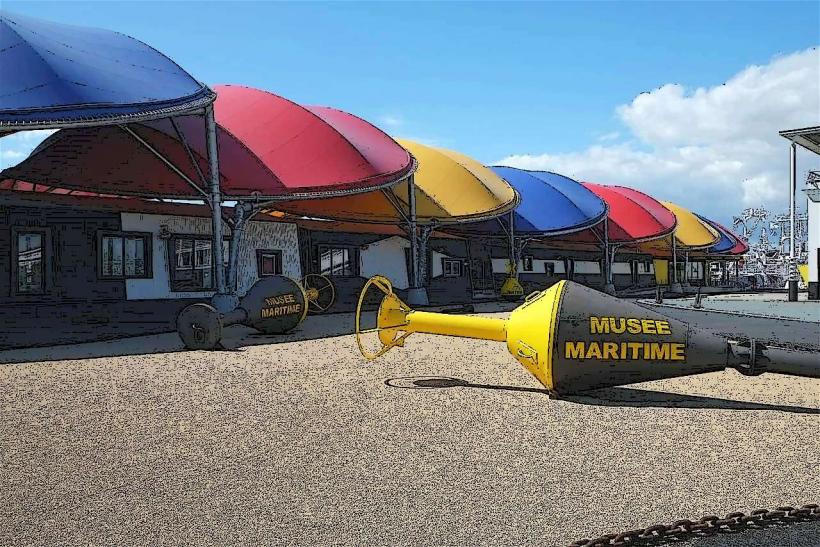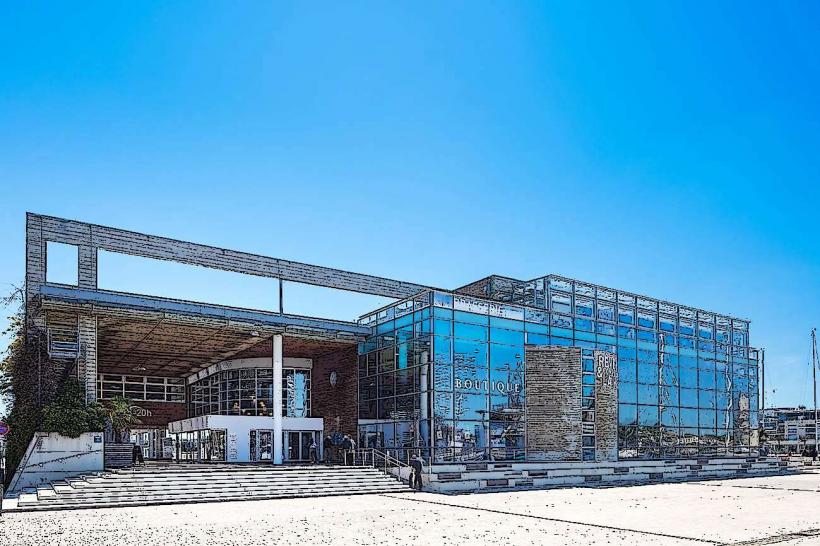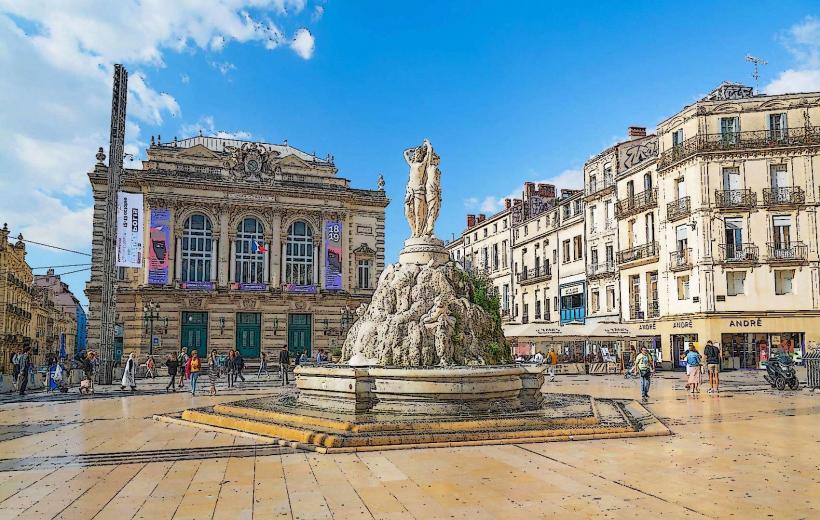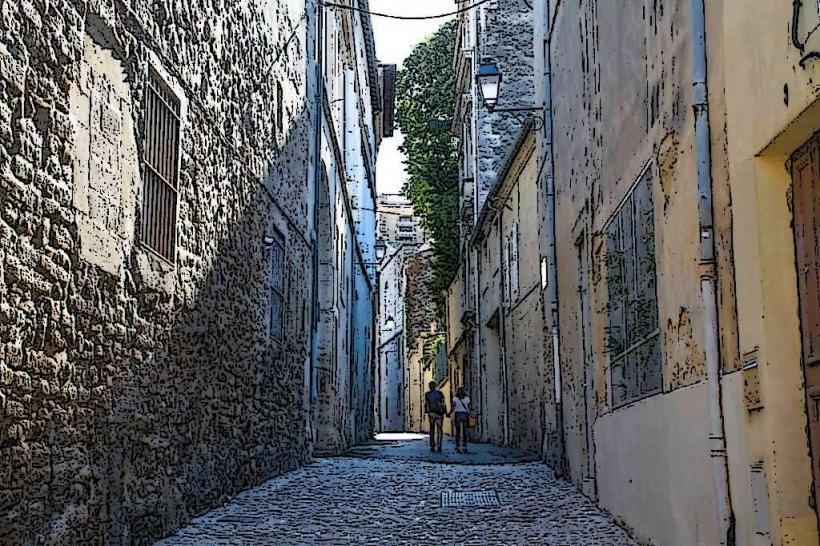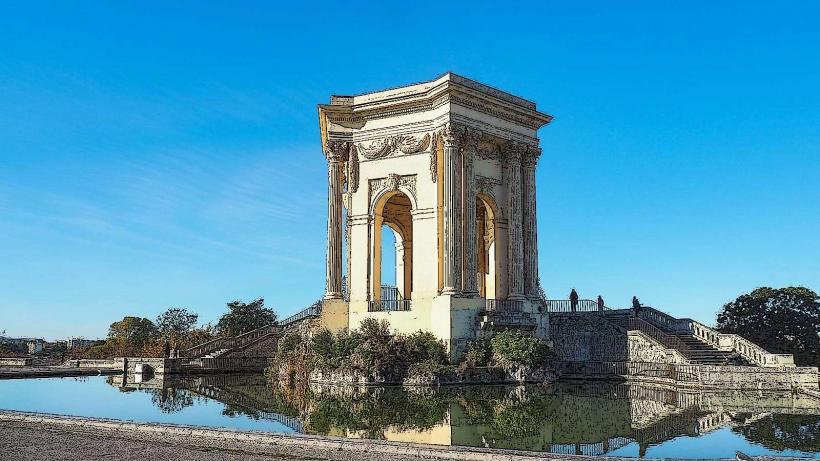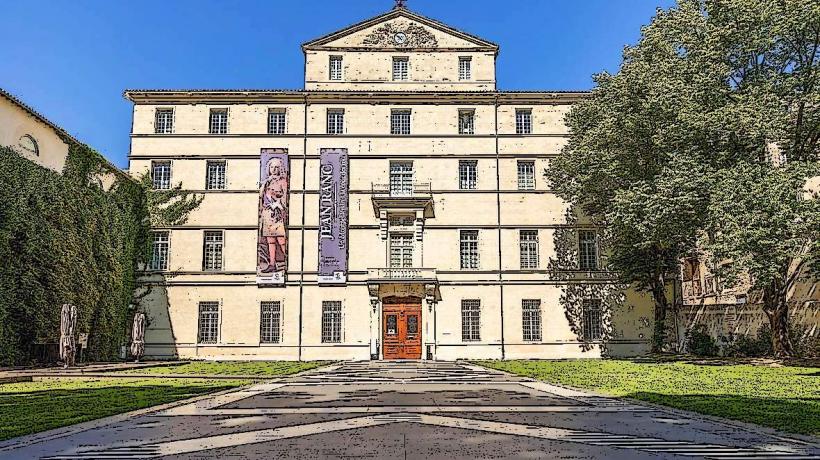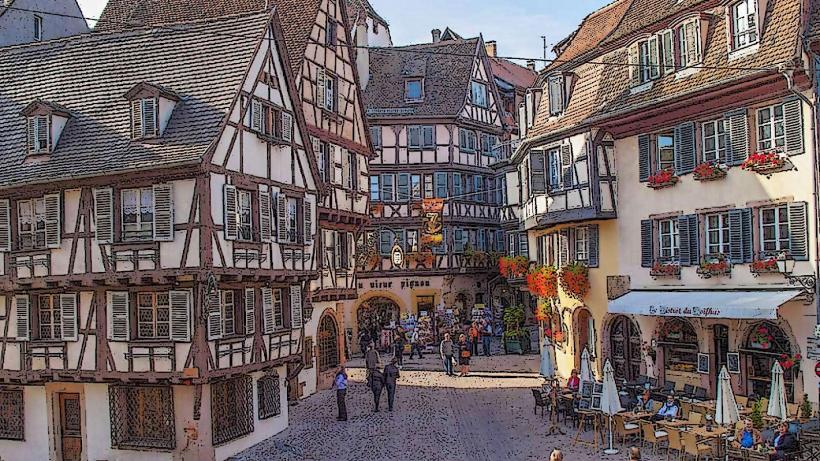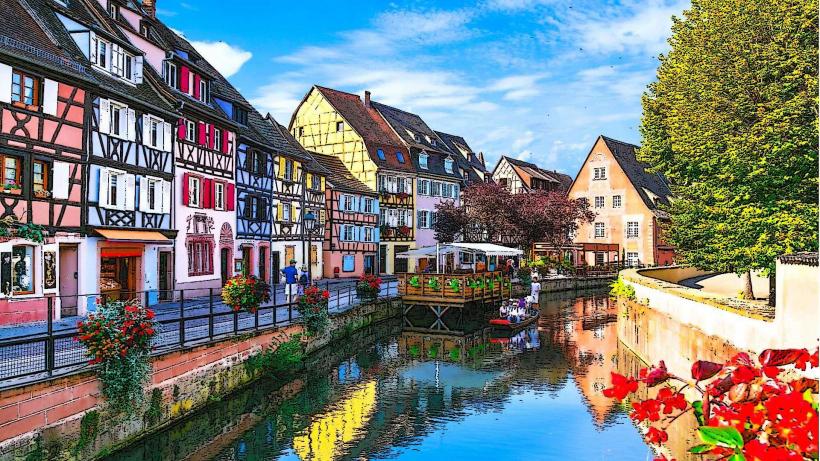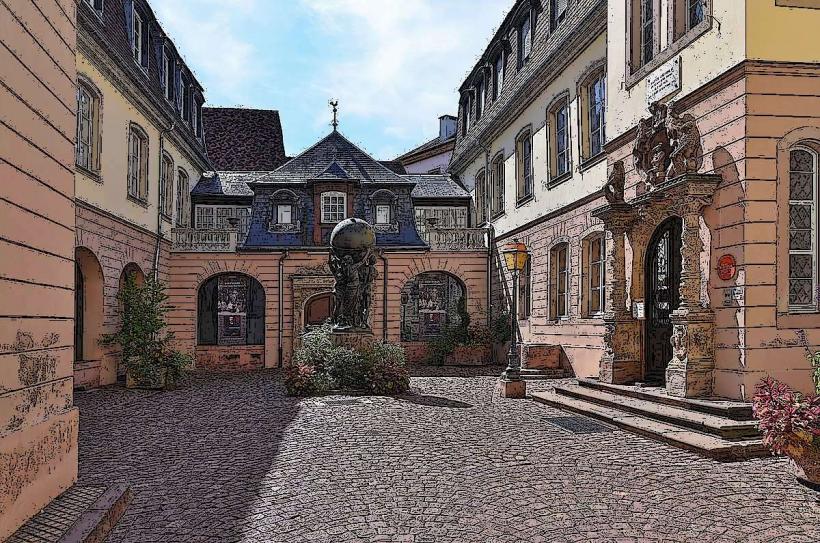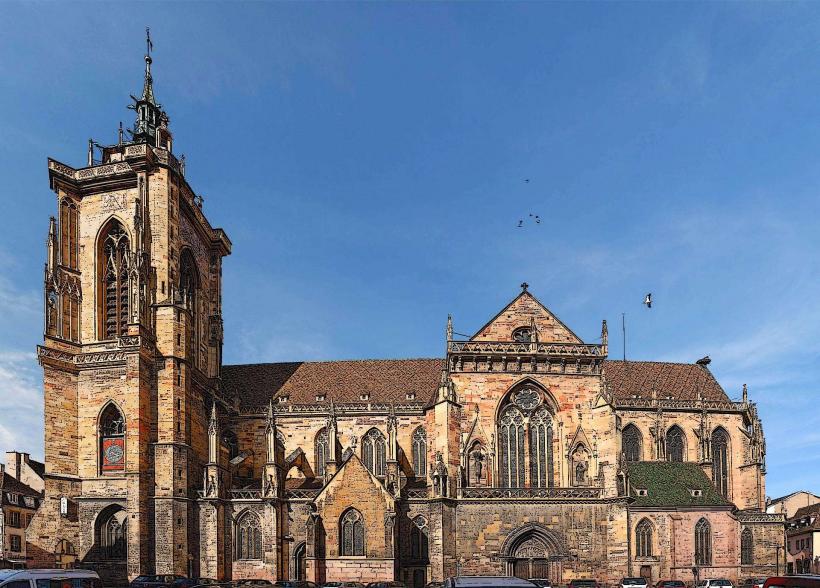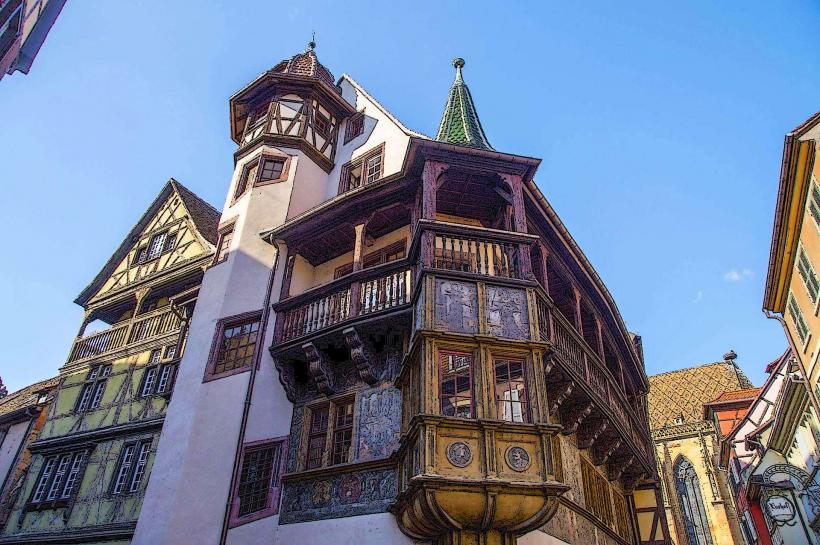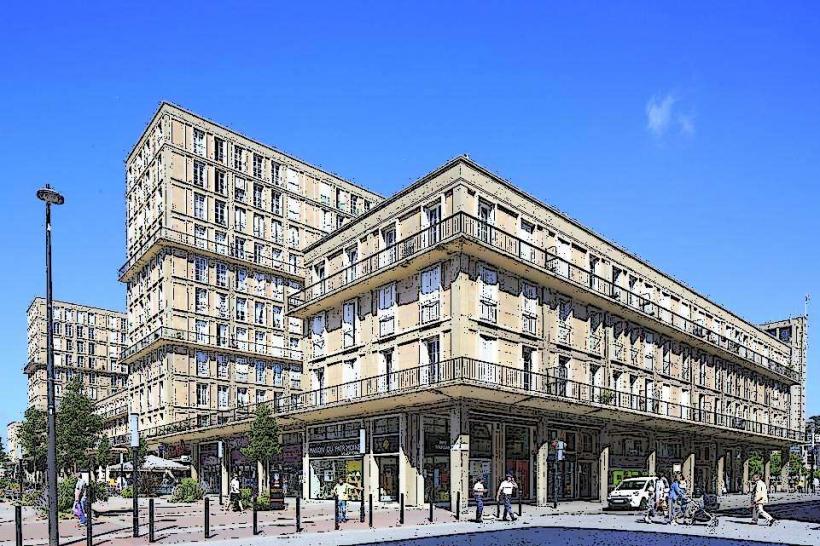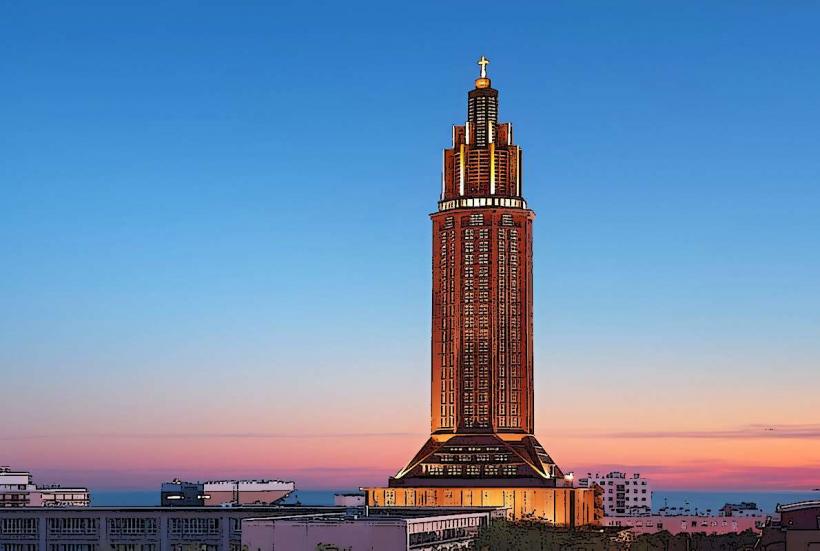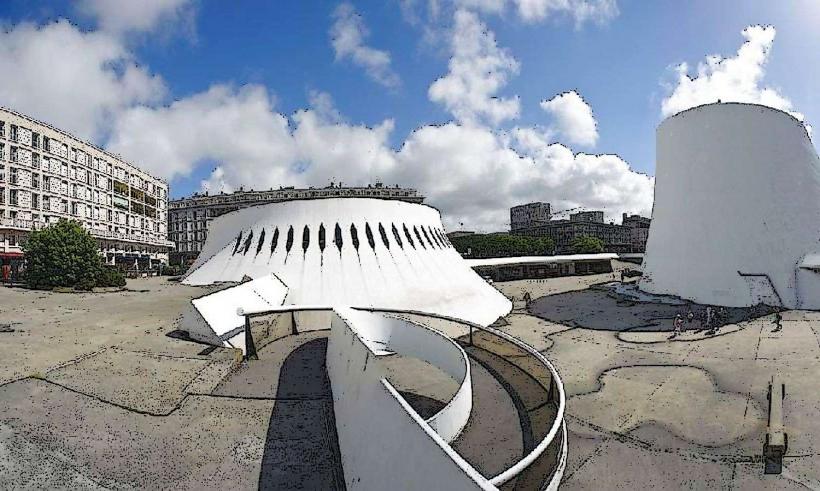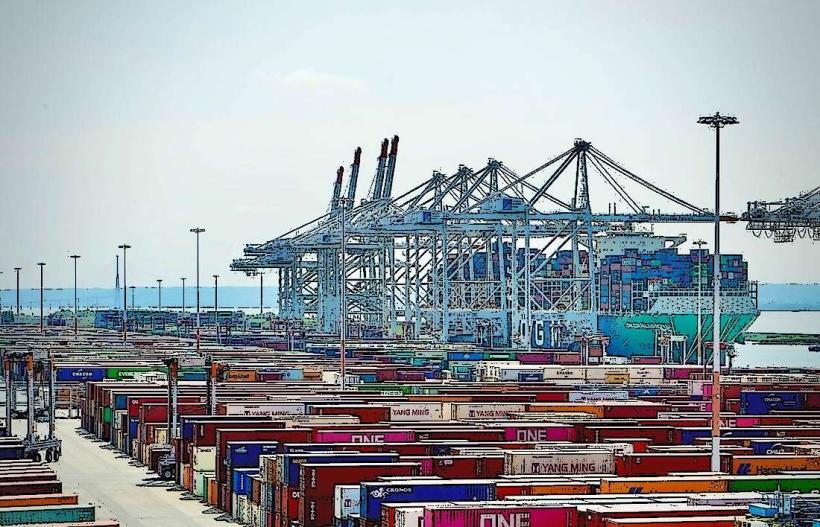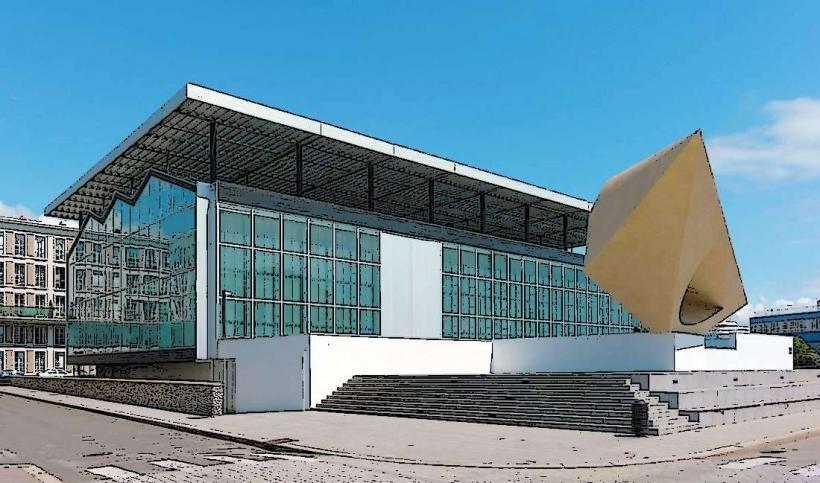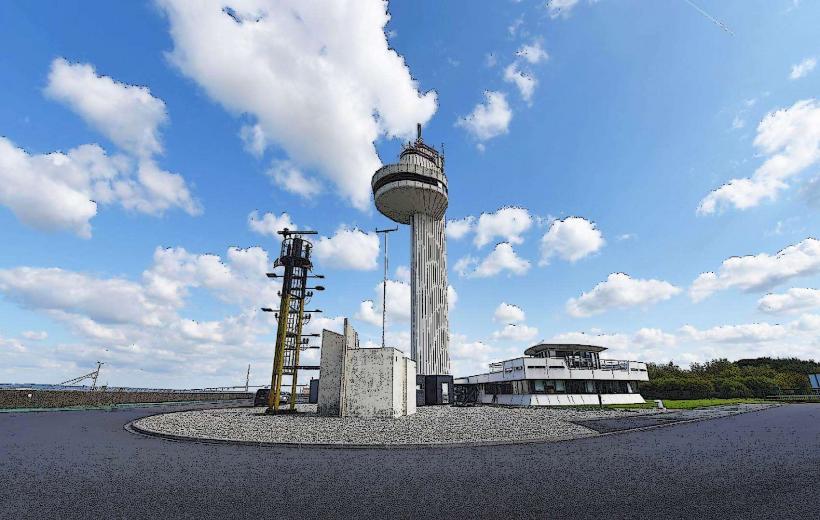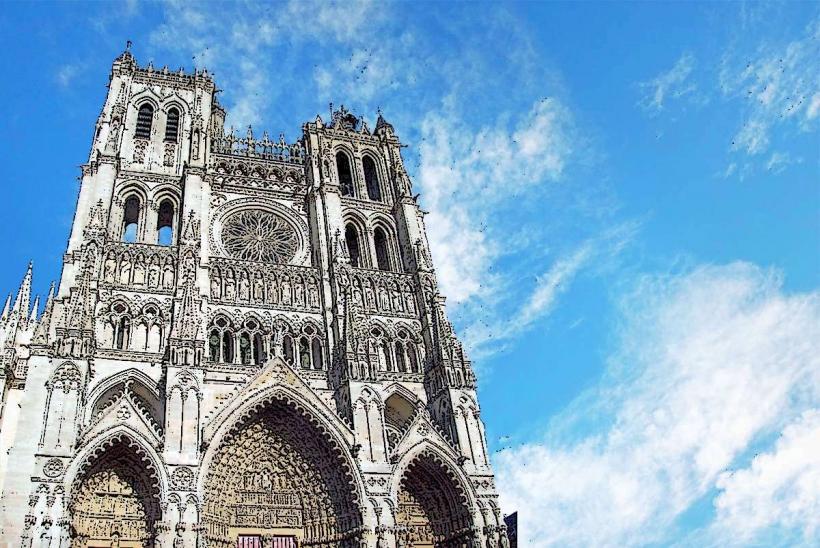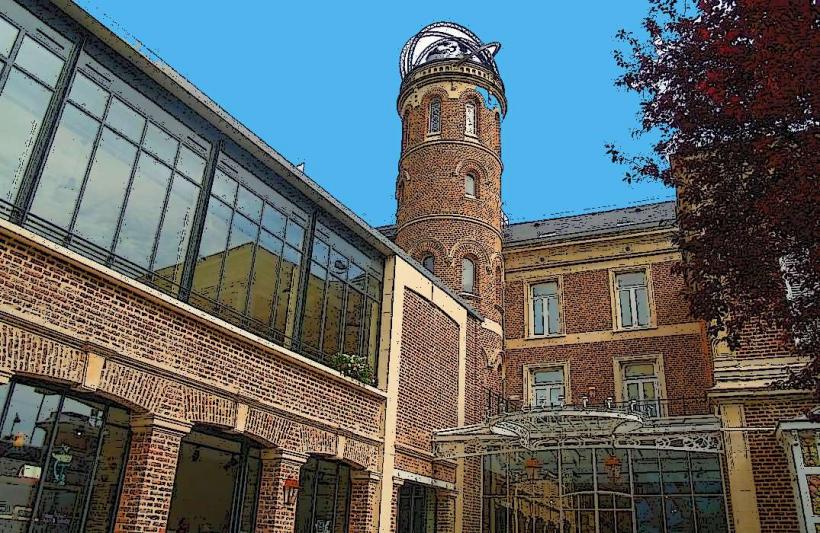Information
Country: FranceContinent: Europe
France is renowned for its rich history, culture, and stunning landmarks. From medieval castles to iconic modern structures, France offers a diverse array of landmarks that highlight the country’s artistic, architectural, and historical heritage. Here are some of the best landmarks in France:
1. Eiffel Tower (Tour Eiffel)
- Significance: The Eiffel Tower is perhaps the most iconic landmark in France and one of the most recognized structures in the world. Designed by Gustave Eiffel for the 1889 World’s Fair, it offers breathtaking views of Paris and is a symbol of French ingenuity and elegance.
- Location: Paris
2. Louvre Museum (Musée du Louvre)
- Significance: The Louvre Museum is the largest and one of the most famous art museums in the world. It houses thousands of works of art, including the Mona Lisa, Venus de Milo, and the Winged Victory of Samothrace. The Louvre’s architecture, including the iconic glass pyramid entrance, is equally famous.
- Location: Paris
3. Notre-Dame Cathedral
- Significance: This Gothic masterpiece was built over 200 years and stands as a symbol of France’s religious and architectural history. Although it was severely damaged in the 2019 fire, it remains a landmark of Paris and a monumental example of medieval engineering.
- Location: Paris
4. Versailles Palace (Château de Versailles)
- Significance: A symbol of French royal opulence, Versailles Palace was the center of political power in France under Louis XIV. Its Hall of Mirrors and extensive gardens are among the most magnificent examples of French Baroque architecture.
- Location: Versailles, near Paris
5. Mont Saint-Michel
- Significance: This medieval abbey, perched on a rocky island off the Normandy coast, is one of France’s most stunning and unique landmarks. The abbey is a marvel of medieval architecture and a UNESCO World Heritage Site.
- Location: Normandy
6. Arc de Triomphe
- Significance: The Arc de Triomphe honors those who fought and died for France during the French Revolution and Napoleonic Wars. It stands at the top of the Champs-Élysées, offering spectacular views of the city from its observation deck.
- Location: Paris
7. Sainte-Chapelle
- Significance: A jewel of Gothic architecture, Sainte-Chapelle is famous for its stunning stained-glass windows that depict biblical stories. Built to house Christian relics, the chapel is one of Paris’s most exquisite landmarks.
- Location: Paris
8. Pont du Gard
- Significance: This ancient Roman aqueduct bridge, built around 19 BC, is an engineering marvel that once transported water to the city of Nîmes. It’s remarkably well-preserved and a UNESCO World Heritage Site.
- Location: Near Nîmes, in the Provence region
9. Château de Chambord
- Significance: A Renaissance castle in the Loire Valley, Château de Chambord is one of the most recognizable and grandiose castles in France, with its distinctive French Renaissance architecture and double-helix staircase designed by Leonardo da Vinci.
- Location: Loire Valley
10. Pantheon
- Significance: Originally built as a church, the Pantheon is now a mausoleum that houses the remains of notable French figures such as Voltaire, Victor Hugo, and Émile Zola. Its neoclassical design is one of the most significant in Paris.
- Location: Paris
11. Luxembourg Gardens (Jardin du Luxembourg)
- Significance: A beautifully manicured garden, the Luxembourg Gardens are home to the Luxembourg Palace and a favorite spot for both locals and tourists to relax and enjoy nature in the heart of Paris.
- Location: Paris
12. Côte d'Azur (French Riviera)
- Significance: Known for its glamorous coastal resorts, the Côte d'Azur is a region that includes famous spots like Nice, Cannes, and Saint-Tropez. The French Riviera is famous for its natural beauty, luxury, and vibrant Mediterranean culture.
- Location: Southeastern France, along the Mediterranean coast
13. Pont Neuf
- Significance: The oldest bridge in Paris, Pont Neuf, is not only historically significant but also offers stunning views of the Seine River. It was completed in the 17th century and remains an enduring symbol of the city.
- Location: Paris
14. Château de Chenonceau
- Significance: Another gem in the Loire Valley, Château de Chenonceau spans the Cher River and is known as the “Ladies’ Castle” due to the influential women who shaped its history. Its gardens and galleries are equally stunning.
- Location: Loire Valley
15. La Défense
- Significance: The La Défense district in Paris is home to modern architecture and the Grande Arche, a massive office building and arch that symbolizes the French republic’s ambition. It contrasts sharply with the older parts of Paris and is a striking landmark of modern France.
- Location: Paris
16. Pont Alexandre III
- Significance: Known for its ornate sculptures, Pont Alexandre III is one of Paris's most beautiful bridges, connecting the Champs-Élysées district with the Invalides. It was built in the late 19th century and features golden statues, intricate designs, and grand architecture.
- Location: Paris
17. Notre-Dame de la Garde
- Significance: Overlooking the city of Marseille, Notre-Dame de la Garde is a Romanesque-Byzantine church that offers sweeping views of the Mediterranean coastline. It is a symbol of the city and an important place of pilgrimage.
- Location: Marseille, Provence
18. Château de Fontainebleau
- Significance: The Château de Fontainebleau served as a royal residence for several French monarchs, including Napoleon Bonaparte. Known for its beautifully designed rooms and extensive grounds, it is one of the most historically significant palaces in France.
- Location: Fontainebleau, near Paris
19. Mont Blanc
- Significance: The highest mountain in the Alps and Western Europe, Mont Blanc is a popular destination for mountaineers and hikers. It also offers spectacular views and a tranquil alpine environment.
- Location: French Alps, near Chamonix
20. The Louvre Pyramid
- Significance: The glass pyramid at the entrance of the Louvre Museum was designed by architect I. M. Pei and became a symbol of modernity when it was unveiled in 1989. It serves as the main entrance to the museum and contrasts beautifully with the classical architecture of the Louvre.
- Location: Paris
Conclusion
France's landmarks are a testament to its long and varied history, offering a mix of ancient structures, royal palaces, iconic cultural sites, and modern achievements. Whether you're exploring the cobblestone streets of Paris, admiring the castles of the Loire Valley, or relaxing on the Côte d'Azur, France is a country filled with history, beauty, and cultural richness.

